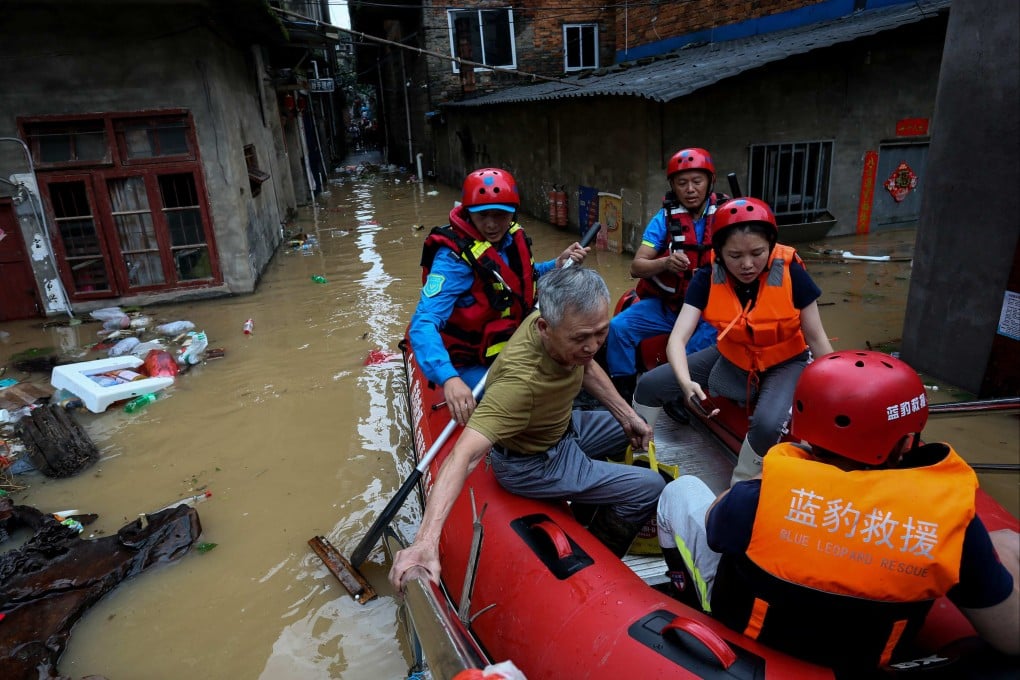Advertisement
Opinion | Can China strengthen climate defences before it’s too late?
While China has prioritised climate adaptation, inadequate investment, fragmented policies and poor coordination between municipalities risk holding back progress
Reading Time:3 minutes
Why you can trust SCMP

Super Typhoon Yagi’s significant impact on southern China and Typhoon Bebinca’s lashing of Shanghai are more reminders of the country’s vulnerability to the effects of climate change, particularly extreme weather events.
Advertisement
According to the 2023 China Climate Bulletin, extreme weather set temperature records last year. Notably, temperatures in a township in Xinjiang Uygur autonomous region reached a record high of 52.2 degrees Celsius in July 2023.
The consequences are costly. In July this year, extreme weather events caused China around 76.85 billion yuan (US$9.9 billion) in economic losses, with 88 per cent of the losses due to heavy rains and floods, according to the country’s Ministry of Emergency Management. Nearly 26.4 million people were affected.
Managing extreme weather events has long been critical to maintaining political legitimacy and stability in China. Tied to the “mandate of heaven”, failures in this area, particularly flooding, have historically signalled a dynasty’s loss of authority. This practice dates back over 4,000 years to Yu the Great of the Xia dynasty, who is said to have tamed the Yellow River.
Chinese central authorities have emphasised the need for effective climate adaptation and mitigation strategies. They have released documents, such as the National Climate Change Adaptation Strategy 2035, to help guide national efforts. But there’s more that can be done.
Advertisement
As climate-related disasters increase, integrating climate change into water management is key for effective response planning. Flood forecasting, climate change modelling, hazard mapping and climate risk assessments must be strengthened across China to refine hydrological projections and identify vulnerable areas. Enhanced data collection and forecasting allow authorities and communities to take preventive measures earlier.

Advertisement
